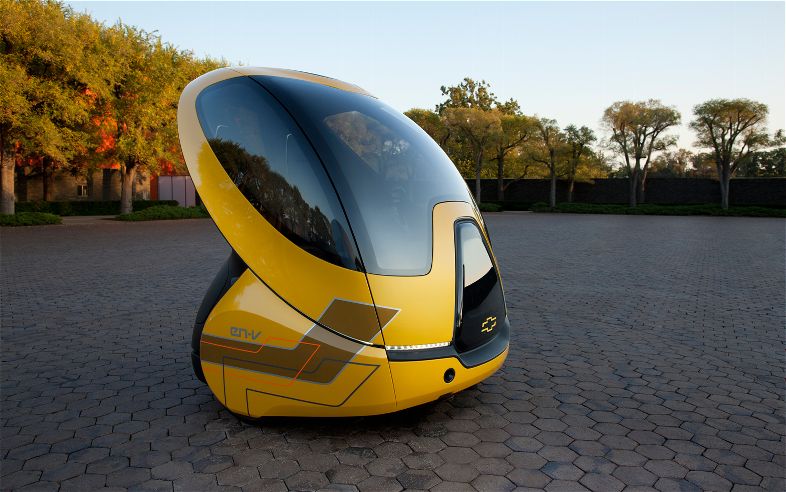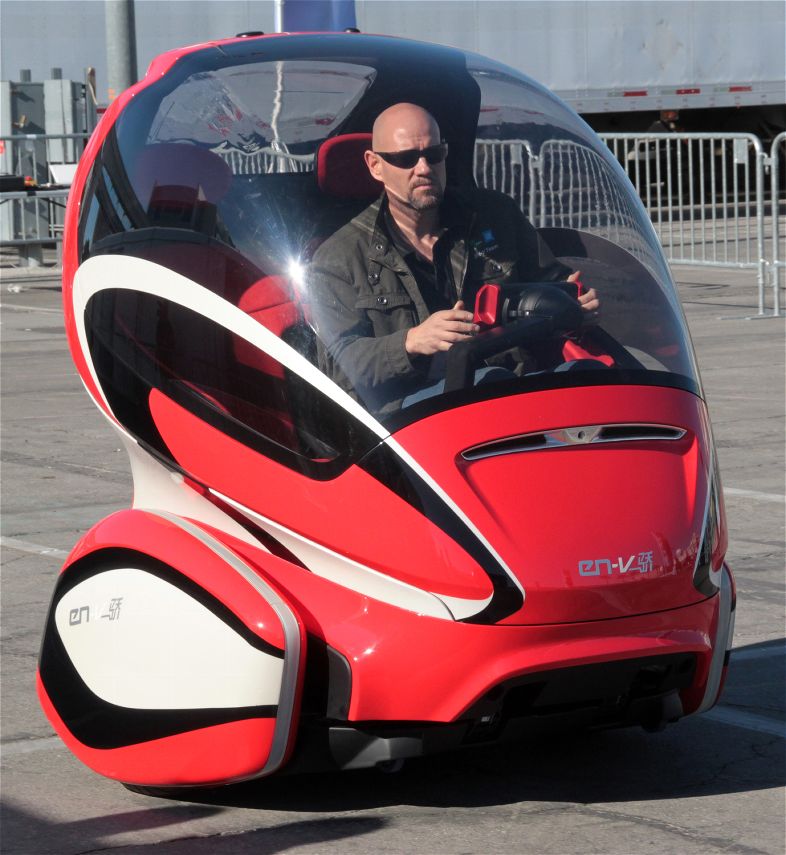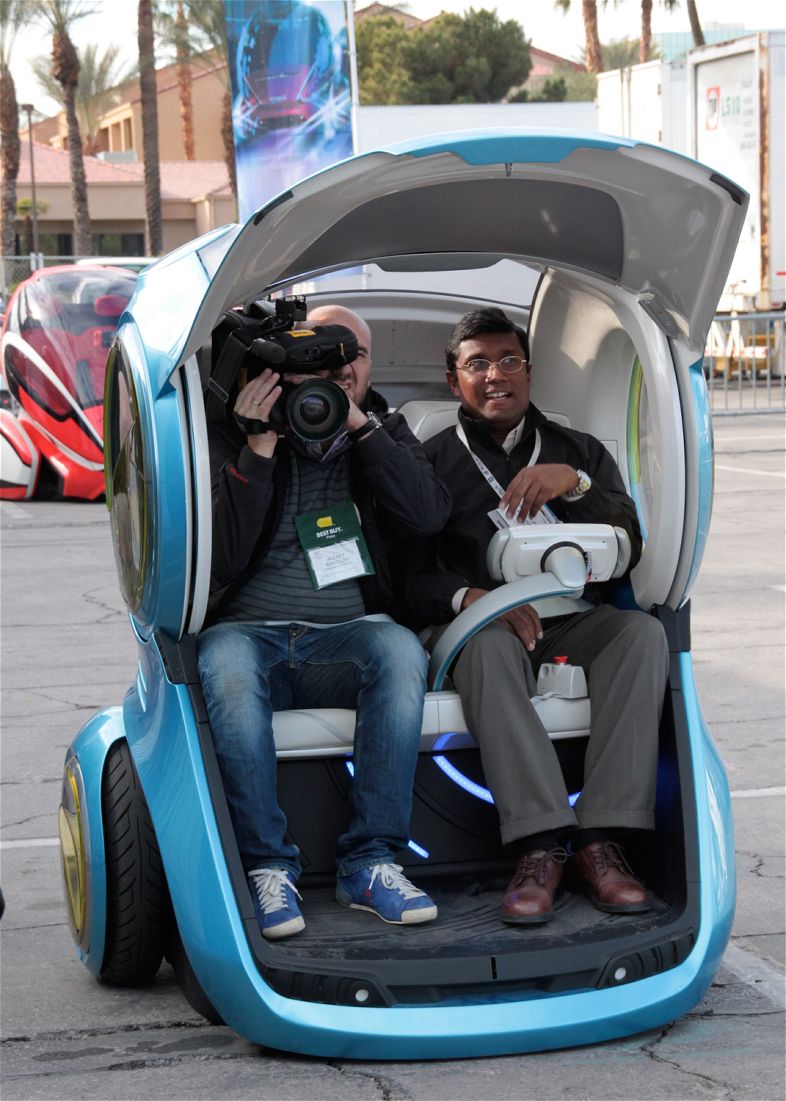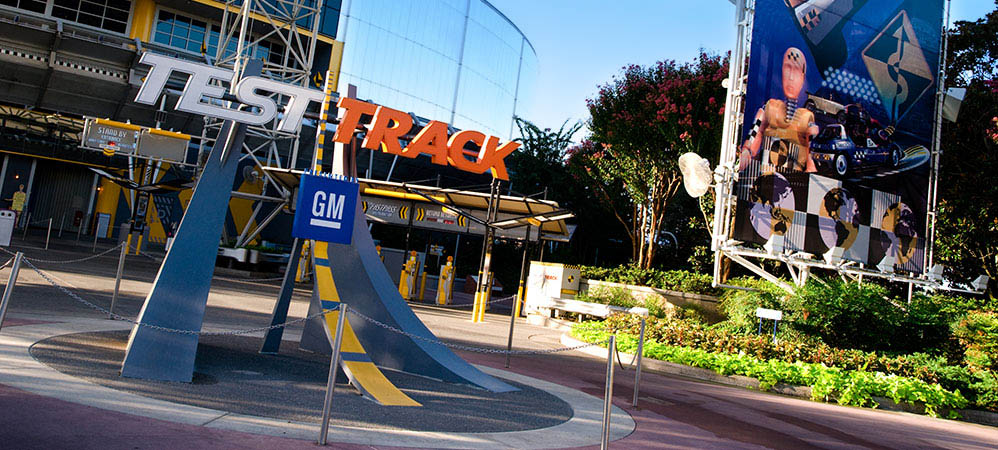
From the March, 2012 issue of Motor Trend
By Todd Lassa
Yes, you should be worried about Google testing autonomous cars. It has been testing driverless Toyota Priuses and other models since competing with General Motors and other teams in the Defense Advanced Research Project Agency’s autonomous vehicle demonstrations of the late 2000s. The ubiquitous computer search engine company has been reticent in talking about its project toMotor Trend, though The New York Times’ November 13, 2011, expose on Google X, the company’s research lab, reported that the autonomy project is part of a secretive effort to open and establish new markets and technologies.
“Unimpressed by the innovative spirit of Detroit automakers,” The Times reported, “Google is now considering manufacturing them in the United States, said a person briefed on the effort.”
One non-innovative Detroit automaker is experimenting with driverless cars too, though its efforts are more practical and palatable to those of us who don’t want to give up the wheel, throttle, and brakes, much less the gearbox. GM’s futurist, Chris Borroni-Bird, director of Advanced Technology Vehicle Concepts, says some form of autonomy will be on the road before the end of the decade.

“You can address some of the aging population trends by keeping a vehicle almost the way it is and making it autonomous,” Borroni-Bird says, “but in an urban context, you almost need to rethink what the automobile does, in terms of range and speed and key performance requirements, and what it looks like.”
The result so far is GM’s Segway-based EN-V bubblecar concepts, last year renamed as part of the Chevrolet brand. When such vehicles hit the road some time in the future, Borroni-Bird says, they’ll likely look much different, but they’ll work much the same. The Chevy EN-V is designed to be a small, electric car that could have one, two, three, or four wheels, one or more seats, and be part of a megacity’s car-sharing program.
EN-Vs will have top speeds in the 25-mph range to coexist safely with pedestrians, bicycle messengers, and other vehicles, and can get a quick recharge during the day, between ride-share customers.
“It does things a bicycle and walking can’t do, and it does things a bus or train can’t do,” Borroni-Bird adds. “It’s kind of swimming upstream against what people want. But we recognize that we can’t keep selling just the same type of vehicle we make today, that goes wherever you want to go, 70 or 80 mph for 300 miles, and carry five people.”
The technology involves global positioning systems and short-range communications antennas, necessary because the tall buildings that make up urban canyons can hamper GPS. Often, the cars will run in tandem like schools of fish. Because autonomously operated cars in theory won’t have accidents, they won’t have to carry heavy safety features like airbags and 5-mph bumpers.

GM has a memorandum of understanding to study incorporating Chevy EN-V tech into the Tianjin Ecocity, a joint development between Singapore and Tianjin, a megacity of 12.3 million people, and a 73-mile high-speed rail ride from Beijing. The Ecocity just outside Tianjin accommodates 350,000 people, Birroni-Bird says. “If we can make it work in that size city, it’s definitely scalable.”
That means dedicated EN-V lanes and roads, Borroni-Bird continues. “We’re looking at how to integrate the next-generation of EN-V, not this one, but the next generation, into that city. The core of EN-V is really a small-footprint vehicle that’s highly maneuverable, that’s battery-powered and has network and sensing capability, to allow manual and autonomous operation.”
I briefly drove one inside a GM garage, limited to no more than 5 mph. The bubble car is incredibly easy to use, fun to drive, and finally makes good use of the Segway technology Dean Kamen oversold a decade ago. Buckle up, start it, and the “car” rises up and balances on its two wheels. Pull the yoke to go forward, and pull on bars on the back of the yoke to brake. It has a 0-foot turning radius, of course.
“We know we’re not going to solve congestion,” Borroni-Bird says, “but if you can make the travel time more productive and more predictable, it’ll reduce the stresses associated with congestion.”
Read more: http://www.motortrend.com/future/concept_vehicles/1203_the_case_for_the_autonomous_car/#ixzz1icWbmhzN






